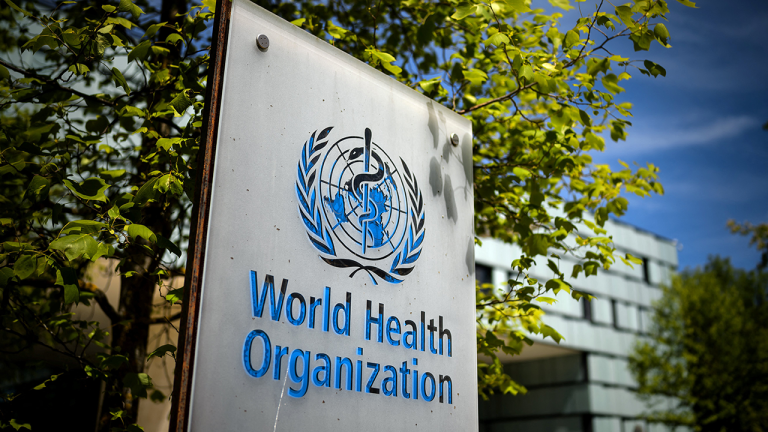Congo: According to health experts, the Ebola epidemic in the Democratic Republic of the Congo’s (DRC) Kasai Province is beginning to show early symptoms of abating, although response operations are still being hampered by financial shortages and logistical difficulties.
Twelve patients had recovered and been released as of Wednesday, out of the 64 instances that had been documented, 42 of which had resulted in fatalities.
The 16th Ebola epidemic in the nation since the virus was discovered in 1976 was announced by the Congolese government on September 4, according to Xinhua news agency.
Over 8,000 frontline healthcare professionals, verified case contacts, and their connections have received vaccinations so far. The WHO Regional Office for Africa stated in a statement Thursday that a new campaign intends to distribute 18,000 doses across 19 villages in Bulape in order to safeguard vulnerable people and stop the virus’s spread.
According to the statement, even if the number of cases recorded in the last three weeks indicates a decrease trend, it is nevertheless crucial to sustain and scale up control measures.

The WHO’s Ebola incident manager, Mory Keita, called the Kasai epidemic “special,” pointing to the active community involvement. “We have not encountered opposition, in contrast to previous breakouts. Vaccinations are being requested by village leaders directly, which speeds up our interventions,” he added.
Only 21% of the $20 million needed for the response, however, has been raised. According to Abok, the WHO and its allies have requested an extra $66 million to improve readiness in nearby nations.
After verifying a case in the eastern region of North Kivu, the Democratic Republic of Congo last announced the end of an Ebola epidemic in September 2022.
According to the WHO, Ebola is a highly infectious hemorrhagic fever that produces a variety of symptoms, including fever, vomiting, diarrhea, malaise, and widespread pain. In many instances, it also causes internal and external bleeding.





